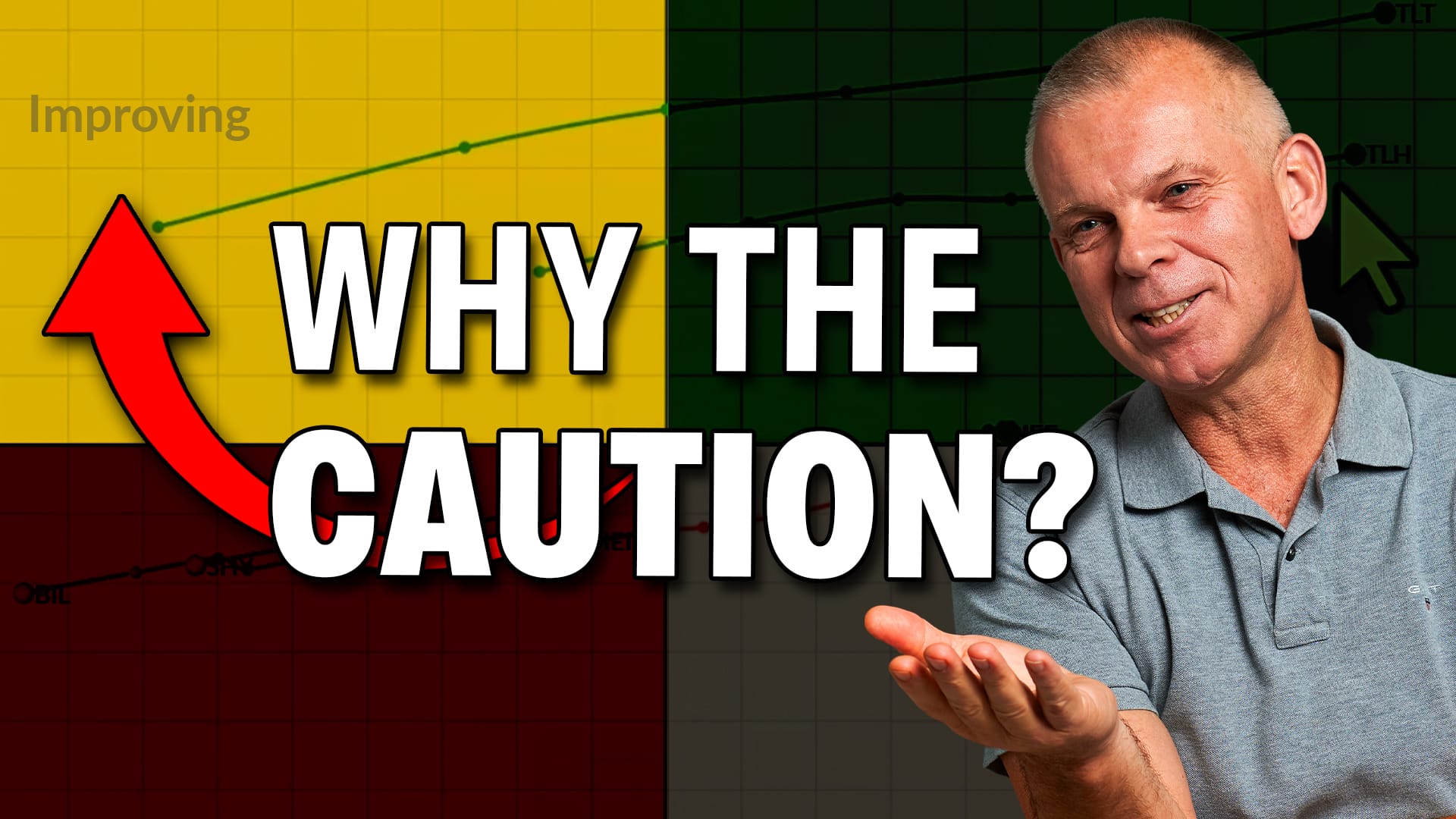STOCKS PLUNGE AHEAD OF HEALTHCARE RULING AND EU SUMMIT -- COMPARING SPY MACD WITH OCTOBER 2011 -- DOLLAR AND TREASURIES SURGE IN FLIGHT TO SAFETY -- S&P 500 %ABOVE 150-DAY SMA ENTERS BATTLE ZONE -- ITALY AND FRANCE LEAD EU STOCKS LOWER
STOCKS PLUNGE AHEAD OF HEALTHCARE RULING AND EU SUMMIT... Link for todays video. Technical analysts do not like to focus on the news, but there are two big events unfolding this week. While I do not know how these events will unfold, it is pretty safe to say that these events are creating uncertainty and the market hates uncertainty. Even without an uptick in selling pressure, uncertainty causes buyers to pullback and this can create a vacuum, which is what we are seeing in stocks right now. Chart 1 shows the Rydex S&P 500 Equal Weight ETF (RSP) with some classic technical analysis. First, the ETF formed a head-and-shoulders pattern from February to April and broke neckline support with a sharp decline in May. Second, broken support turned into resistance and held after the June throwback. Third, the 50-61.80% retracement zone confirmed resistance in the 49-50 area. It looks like the April-May decline is resuming here and the next support zone is around 44. The indicator window shows the Rydex S&P 500 Equal Weight ETF relative to the S&P 500 ETF. As noted before, RSP represents the small-cap and mid-cap companies within the S&P 500. These companies are more domestic oriented and hence more sensitive to changes in the economy. The RSP:SPY ratio hit a new 52-week low, which indicates relative weakness in this key part of the domestic economy.

(click to view a live version of this chart)
Chart 1
COMPARING SPY MACD WITH OCTOBER 2011... Chart 2 shows the S&P 500 ETF (SPY) failing near broken support as well. For this chart, I am focusing on MACD and comparing the current period with November 2011. Basically, it looks like the opposite is happening with this momentum indicator. Notice how MACD surged into positive territory and hit 2 in late October. This created an overbought situation and the indicator pulled back below zero. The rally then resumed in December as MACD returned to positive territory. The advance accelerated in January-February.

(click to view a live version of this chart)
Chart 2
Looking at the last three months, MACD plunged into negative territory and hit -2. The June bounce pushed the indicator back into positive territory and this looks like a relief rally. MACD is now poised to turn lower and break into negative territory again. This would be bearish for momentum and could lead to an acceleration of the current decline.
DOLLAR AND TREASURIES SURGE IN FLIGHT TO SAFETY... Money moves into the Dollar and Treasuries during times of uncertainty. Even though the yield on treasuries is miniscule, investors can park their money in treasuries when return OF capital is the main objective. Demand for US treasuries is also fueling demand for the Dollar because foreign buyers must convert their currencies into Dollars before buying. Chart 3 shows the 20+ Year T-Bond ETF (TLT) breaking out in May and consolidating in June. The ETF is up over 1% in early trading on Monday. Stocks are unlikely to bounce as long as TLT holds support from the June lows.

(click to view a live version of this chart)
Chart 3
Chart 4 shows the US Dollar Fund (UUP) bouncing off support in the 22.3 area. Support here stems from broken resistance and the 50-61.80% retracement zone. The big trend is clearly up on the chart as UUP sports a series of rising peaks and troughs. A continuation of this series forecast a move above the prior high.

(click to view a live version of this chart)
Chart 4
S&P 500 %ABOVE 150-DAY SMA ENTERS BATTLE ZONE... The percentage of stocks above the 150-day moving average is a breadth indicator designed to measure the degree of participation. In general, the indicator favors the bulls when above 50% and the bears when below 50%. This makes sense. The bulls have the edge when more than 50% of S&P 500 stocks are above their 150-day SMA. Even though the 50% line marks a clear midpoint, using this level for bullish and bearish signals often results in whipsaws. Chartists, therefore, should consider adding a buffer zone. For example, chart 5 shows the S&P 500 %Above 150-day SMA ($SPXA150R) with a bullish threshold set at 60% and a bearish threshold set at 40%. A move above 60% is bullish until countered with a move below 40%. Using these levels, there have been six signals since the March 2009 low. These resemble trend-following signals because they occur after a top or bottom is in place. The blue ovals on chart show periods of turmoil when the indicator oscillates around the 50% line. This is why a threshold is needed to further qualify signals. Currently, the indicator turned bearish in mid May and remains in bear mode. It would take a move above 60% to show enough bullish participation to warrant a directional change in $SPX.

(click to view a live version of this chart)
Chart 5
Chart 6 hides actual Nasdaq 100 %Above 150-day SMA ($NDXA150R) and shows only the 5-day EMA of the indicator. A short moving average can reduce volatility and whipsaws. Using the actual indicator, there would have been several false breaks above the 60 and 40 levels. Smoothing the data with a 5-day EMA reduces signals and whipsaws. Of course, a reduction in whipsaws comes at a price: later signals. The 5-day EMA moved below 40% two weeks later than the S&P 500 version. Nevertheless, both the $SPX and $NDX indicators remains in bear mode until proven otherwise with a surge above 60%.

(click to view a live version of this chart)
Chart 6
ITALY AND FRANCE LEAD EU STOCKS LOWER... European stocks were down on Monday as hopes for game-changing solution started to fade. EU leaders meet on Thursday-Friday for a two day summit. In an interesting twist, the German officials are playing hardball and the two top Greek leaders will not be there because of illnesses. This is a bit strange considering that the Greek situation is at the top of the list. Perhaps leaders sense a change in Greeces relationship to the Euro. In any case, the market is already making its vote heard with rather sharp declines hitting French, German and Italian stocks. Chart 7 shows the DJ France Index ($FRDOW) becoming oversold with the move below 200 in early June and then bouncing with a small rising wedge. Such patterns are typical for corrective bounces within bigger downtrends. With todays decline, the index is breaking the lower trendline to signal a continuation lower. This targets a move below the early June low and possibly to the next support zone around 185-190. The indicator window shows the DJ France Index relative to the DJ Germany Index. French stocks have been outperforming since late April. A move below the late April trendline would signal a return to relative weakness.

(click to view a live version of this chart)
Chart 7
Chart 8 shows the DJ Germany Index ($DEDOW) forming a rising wedge in June and breaking below the lower trendline today. This break targets a move to the next support zone around 205-215. The indicator window shows the DJ Germany Index relative to the S&P 500. German stocks have shown relative weakness since mid March, which is when the Price Relative peaked.

(click to view a live version of this chart)
Chart 8
Despite winning their quarterfinal match in the European Soccer Championship, Italian stocks fell over 3% today. Chart 9 shows the DJ Italy Stock Index ($ITDOW) bouncing back to 110 with a rising flag in June and meeting resistance just below broken support. A break below flag support would signal a continuation of the bigger downtrend and forecast new lows for Italian stocks.









